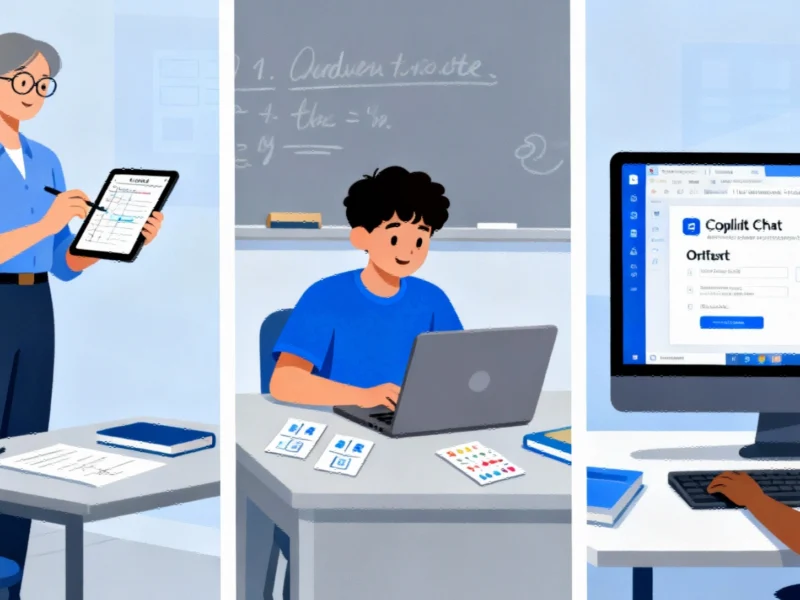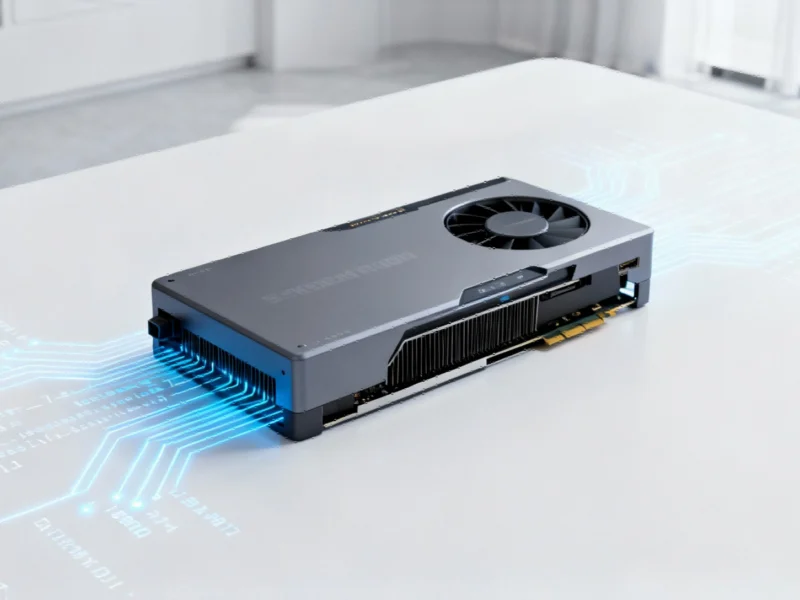Note: Featured image is for illustrative purposes only and does not represent any specific product, service, or entity mentioned in this article.
Microsoft’s Ambitious AI Integration
Microsoft is fundamentally reimagining the Windows experience with its latest AI-driven update, positioning Windows 11 as the world’s most accessible AI platform. The company’s deep integration of Copilot throughout the operating system represents a significant shift in how users interact with their computers, moving beyond traditional input methods to more intuitive, conversational interfaces.
According to Yusuf Mehdi, Microsoft’s Executive Vice President and Consumer Chief Marketing Officer, this transformation aims to make “the most powerful AI more accessible” by embedding Copilot at the core of everyday computing experiences. This strategic direction reflects broader industry developments toward more intelligent and responsive computing environments.
Voice and Vision: The New Interface Paradigm
The introduction of “Hey Copilot” as a wake word marks a significant advancement in hands-free computing. Microsoft’s data reveals that voice interaction doubles user engagement with Copilot compared to text-based queries, suggesting users are more comfortable with conversational interfaces than previously anticipated.
Perhaps more revolutionary is Copilot Vision, which enables real-time screen analysis and guidance. The system can now visually direct users through complex tasks, highlight interface elements, and provide contextual explanations. The new Highlights feature takes this further by offering step-by-step visual assistance when users request “show me how” for specific tasks.
These innovations represent a fundamental shift in human-centric AI strategy that prioritizes natural interaction patterns over traditional computing paradigms.
Practical Automation Comes to the Desktop
Copilot Actions introduces a new era of desktop automation, allowing the AI to perform actual tasks on local files. From organizing photo libraries to extracting text from PDFs, these capabilities demonstrate Microsoft’s commitment to practical AI implementation. The system’s design maintains user control throughout, with the ability to pause, review, or intervene in any automated process.
File Explorer integration brings powerful new shortcuts, while tools like Manus can build complete websites using locally stored images and documents—eliminating the need for uploads or coding knowledge. These related innovations in desktop automation signal a new approach to personal computing productivity.
Cross-Platform Intelligence and Gaming Integration
Microsoft’s new Copilot connectors create a unified intelligence layer across multiple services and accounts. By linking OneDrive, Outlook, Gmail, Google Drive, and other services, users can access cross-platform information with simple natural language requests. This approach to integrated intelligence reflects evolving market trends in unified digital experiences.
The gaming integration represents another frontier for AI assistance. On devices like the ROG Xbox Ally, Gaming Copilot provides in-game recommendations and tips without interrupting gameplay, positioning Microsoft’s AI as a true multitasking partner across both productivity and entertainment contexts.
Enterprise Considerations and Security Framework
Microsoft’s “responsible rollout” approach includes significant safeguards. Copilot Actions remains disabled by default, giving users complete control over automation features. Every action remains visible and pausable, with additional approval required for sensitive operations.
This cautious deployment strategy aligns with Microsoft’s Secure Future Initiative, establishing privacy and security standards for all AI experiences across Windows. The phased release through Copilot Labs and the Windows Insider Program ensures user feedback shapes final deployment, addressing potential concerns about safety and reliability in AI systems.
The Future of AI-Enabled Computing
Microsoft’s comprehensive AI integration positions Windows 11 as a pioneer in intelligent computing. The combination of voice activation, visual guidance, cross-service connectivity, and practical automation creates a platform that anticipates user needs rather than simply responding to commands.
As these technologies mature, they’re likely to influence broader strategic positioning across the technology industry. The Windows 11 AI transformation represents not just an operating system update, but a fundamental rethinking of how humans and computers collaborate in the age of artificial intelligence.
Most Copilot Vision features are now available globally, while text-based Vision interactions and local file actions will debut in preview releases. Microsoft recommends upgrading from Windows 10 to Windows 11 or Copilot+ devices to access the full suite of AI capabilities.
This article aggregates information from publicly available sources. All trademarks and copyrights belong to their respective owners.



